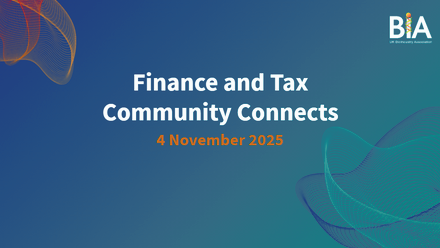What are the current investment trends in the life sciences sector?
Research conducted by Pioneer Group sheds light on the current investment trends shaping the life sciences landscape, offering insights into where capital is being allocated and what it means for the sector.
The fall in venture capital investment levels over recent years has caused some concern in the real estate sector.
However, it’s important to note that 2021 witnessed a whirlwind of venture capital activity, particularly in the first and second quarters. These periods were marked by a handful of colossal investments, including landmark figures pumped into entities like CMR Surgical, Oxford Nanopore, Quanta, and ExScientia. These mega-deals have somewhat skewed investment levels, giving the impression of an exceptional year. If you take these four deals of Q2 2021 out of the equation, the level of investment, at £506 million in Q2 2021, is then at a similar level to other quarters. Full figures can be found in Pioneer Group’s recent UK Life Science Market Update.
Investment trends in the sector
If you fast forward to more recent times, the investment landscape appears to have recalibrated. While not marked by the same jaw-dropping figures, the fourth quarter of 2023 saw significant investments in companies such as EyeBio, T Therapeutics, and AstronauTx. While not on the same scale as their predecessors, these investments are still significant.
According to Savills, every €1 billion of venture capital investment has the potential to create 50,000 sq m of life science demand for space. By this formula, even these smaller fundraisers in Q4 2023 could each result in over 3,000 sq m of additional demand in the near term.
Regional dynamics
According to Pioneer Group’s most recent data, if we look at life sciences investment trends from a regional perspective, unsurprisingly, London, Cambridge, and Oxford continue to reign supreme as the primary beneficiaries of venture capital investment. However, there’s a notable gap between these key hubs and emerging contenders like Bristol, Edinburgh, and Glasgow.
The Northern Gritstone Fund, formed in 2021 in collaboration with the universities of Manchester, Leeds, and Sheffield, has yet to significantly impact life science investment in key northern cities. However, the £312 million fund hopes to enable fundraisings of the scale commonly seen in Oxbridge.
A closer look at sub-sectors
Delving deeper into the nuances of venture capital investment, Pioneer Group’s research shows that certain sub-sectors command more attention than others. Pharmaceuticals emerge as the frontrunners, closely followed by Research Tools and Reagents. These sectors, reliant on wet lab spaces, underscore the intricate relationship between venture capital and real estate demands.
Future prospects: mergers and acquisitions
While venture investment fuels growth, mergers and acquisitions (M&As) add another layer of complexity to the real estate equation. Though M&A activity witnessed a temporary slump in 2023, signs of resurgence are on the horizon. Noteworthy acquisitions, like the London-based 3D Technology’s acquisition by Convatec, hint at a brighter future, buoyed by optimism from industry conferences like the JP Morgan life sciences conference.
Looking ahead
It’s clear that the life sciences venture capital landscape is as dynamic as ever. With regional disparities, subsector dynamics, and M&A activity shaping the terrain, staying abreast of these life sciences investment trends is crucial for investors, innovators, and real estate stakeholders alike.
Pioneer Group remains committed to monitoring the market and providing insights. Our UK Life Science Market Report now has the benefit of 13 years of data on the creation and funding of life science companies.
Would you like a snapshot of the life sciences market? See Pioneer Group’s Life Science Market Updates for unique insights.
Pioneer Group operates in 12 leading innovation locations across the UK and Ireland. The sites offer a range of flexible, specialist laboratories, industrial and office space to support scientists, technologists, engineers, and entrepreneurs on every step of the innovation journey from R&D to manufacturing.






